Janeve, an RTLB (Resource Teacher of Learning and Behaviour) and Six Bricks guru, stands at the front. “Hands off bricks” she says and we immediately look guilty and stop touching our bricks. Our introduction to the ‘Six Bricks Programme’ has begun.
As the morning progresses, we learn that the Six Bricks Programme is a multi-faceted programme for primary aged students to support cognitive thinking in our young people. The programme has been running in other countries, in particular South Africa, for many years and was introduced to New Zealand in 2020 by Brent Hutchenson (the founder) and Ollie Bray from the Lego Foundation.
At its heart, Six Bricks is designed to engage our learners through play using a variety of quick daily exercises and activities. The programme assists with numerous developmental areas including social and emotional, working memory, reasoning, and problem-solving. Its six main areas of support include:
- Perceptual skills development:
- Literacy Skills Development
- Numeracy skills Development
- Physical Skills Development
- Social/emotional Skills Development
- Groups and games activities
After a morning of exploring the many activities that included building a tricky tower, crossing our midline and playing a version of Duplo twister, we returned to our respective schools with a brand new box of Six Bricks Duplo to introduce the programme to our teachers and students.
Short sessions started with me setting expectations. This included modelling to students what to do when I said "hands off and hands on" bricks. As you can imagine, students were very eager to ‘touch’ their Duplo. As we had been taught at the PD, the programme works best if it is structured and students understand why they are practising the skills. Depending on the age of the students, the activities start with one or two simple instructions then build to a larger number as well as more difficult moves. The activities include balancing, eye and hand coordination and crossing the midline as well as following a set of sequenced instructions.
I liked it when we put the bricks on our hands and moved them around
I enjoyed it when we had two bricks and had to match what Ms Bowler was doing
Threw them up and had to clap and then catch them was tricky
I liked it when we had to balance them on our hands. I found it hard to make the Grobby
It was hard to make the tower balance because it kept falling down
When to use Six Bricks Activities
The short lessons are ideal to be used at the end of the day as a way of unwinding and bonding with classmates. It is also a good time first thing in the morning to sharpen the brain and for students to get ready to learn. Using them just after a break can encourage students to refocus. They can also be used to help students work out a problem or to demonstrate an idea. For example, they could be used as a ‘concrete’ tool to gain understanding of new learning in maths. Students that have challenges with fine motor skills can use the bricks to practice honing their fine motor skills and gain confidence in manipulating materials. In short, Six Bricks can be used in a multitude of ways across the school day.
Keywords: Six Bricks, fine motor skills, perceptual skills development
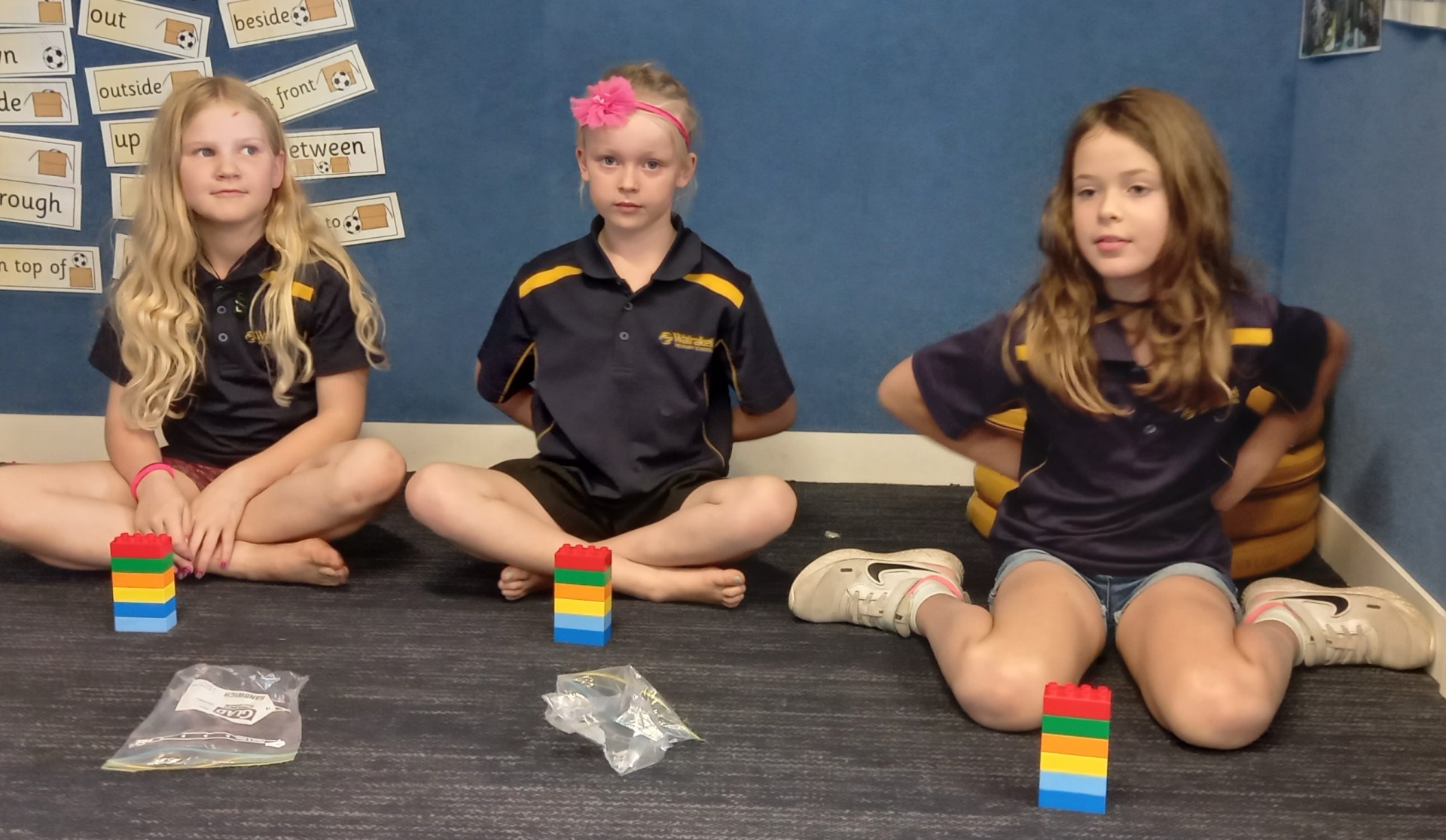
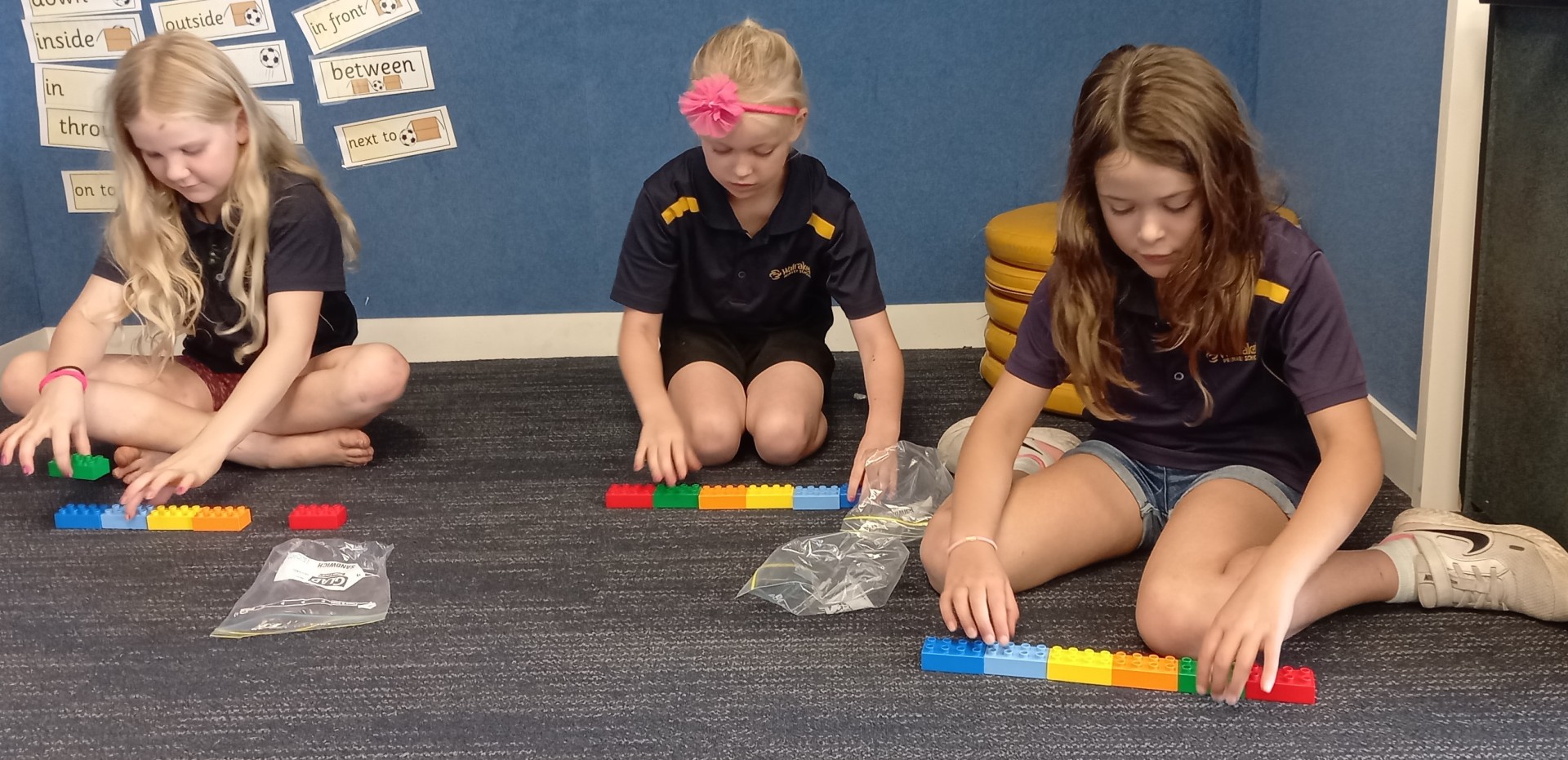
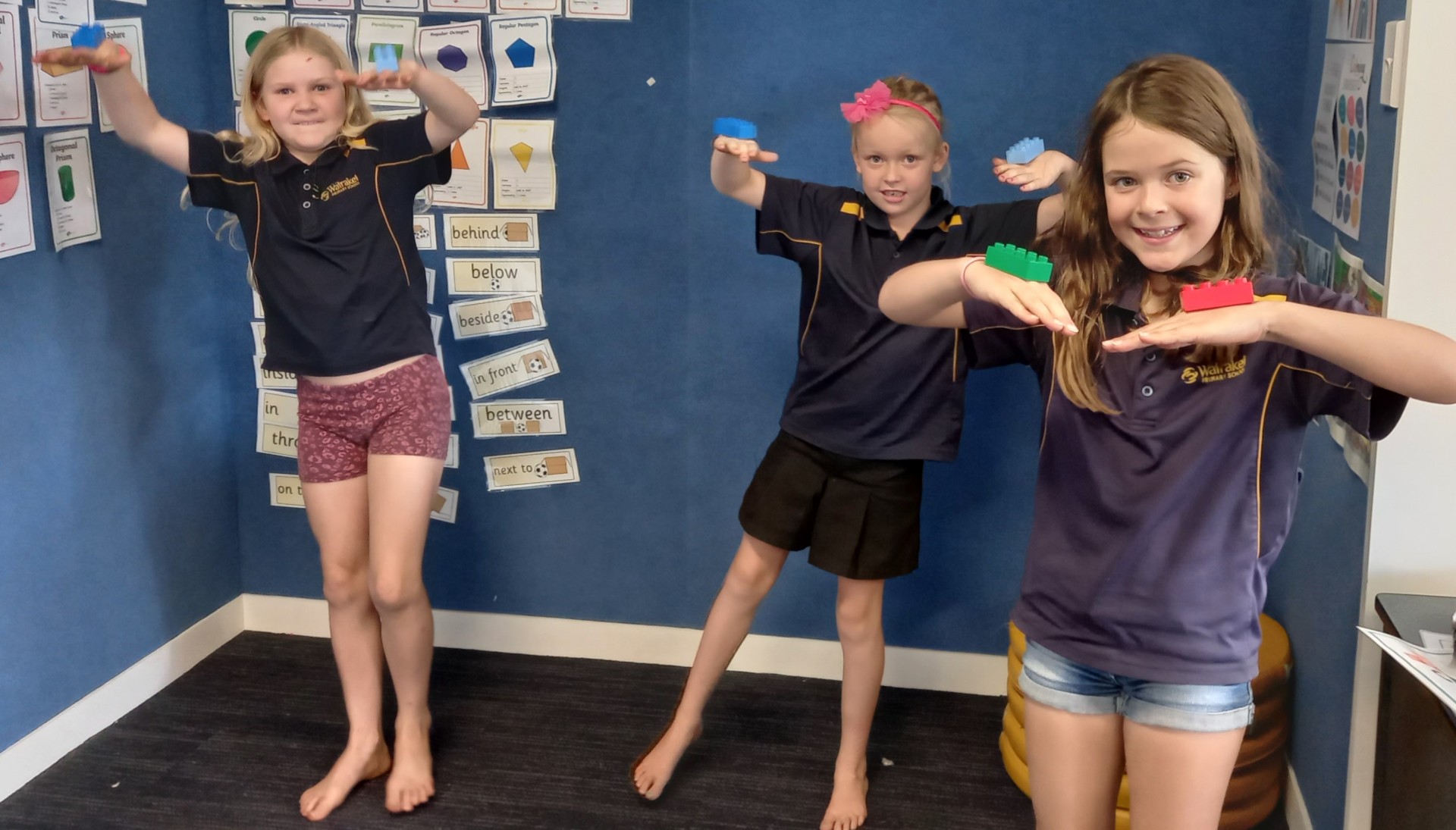
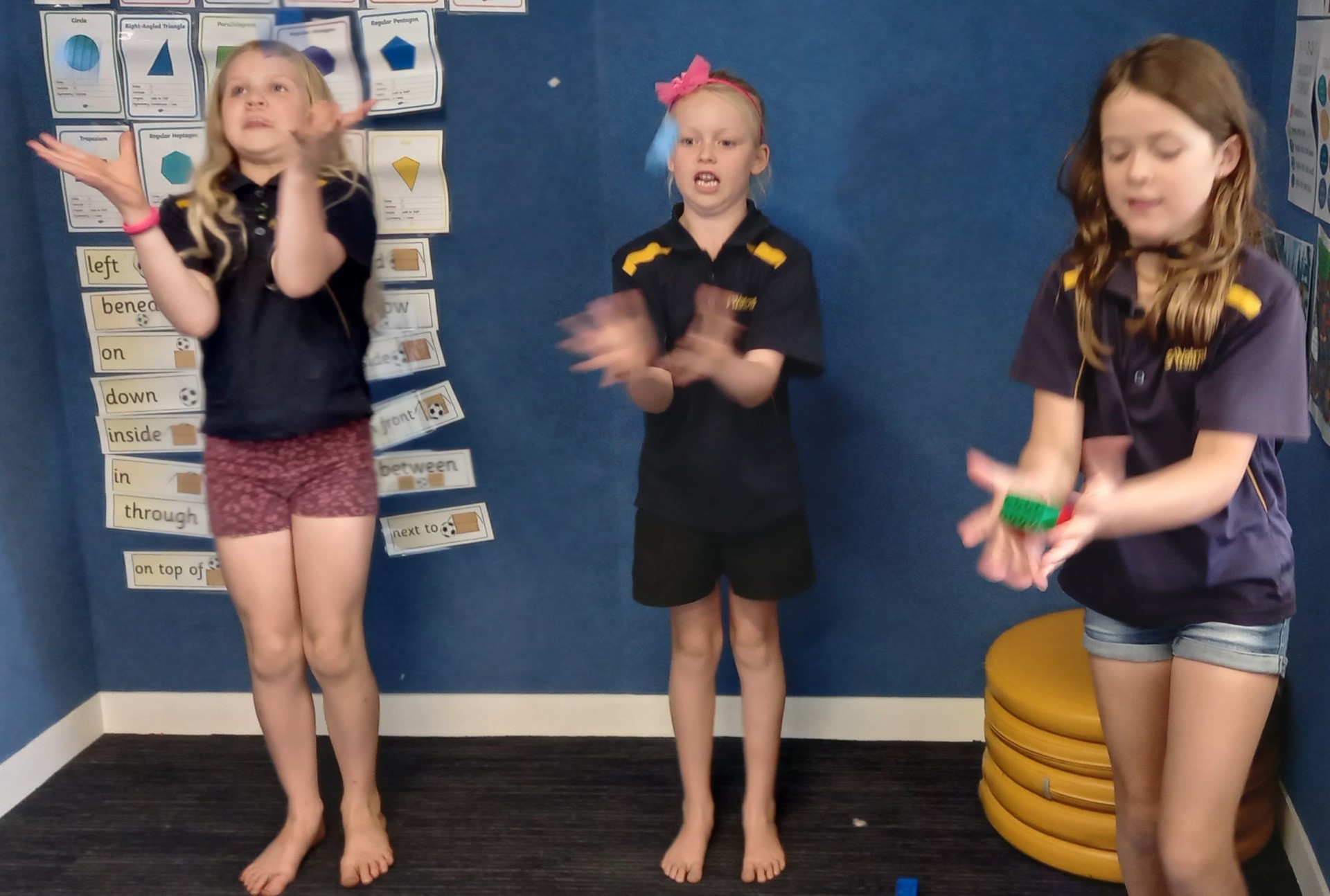
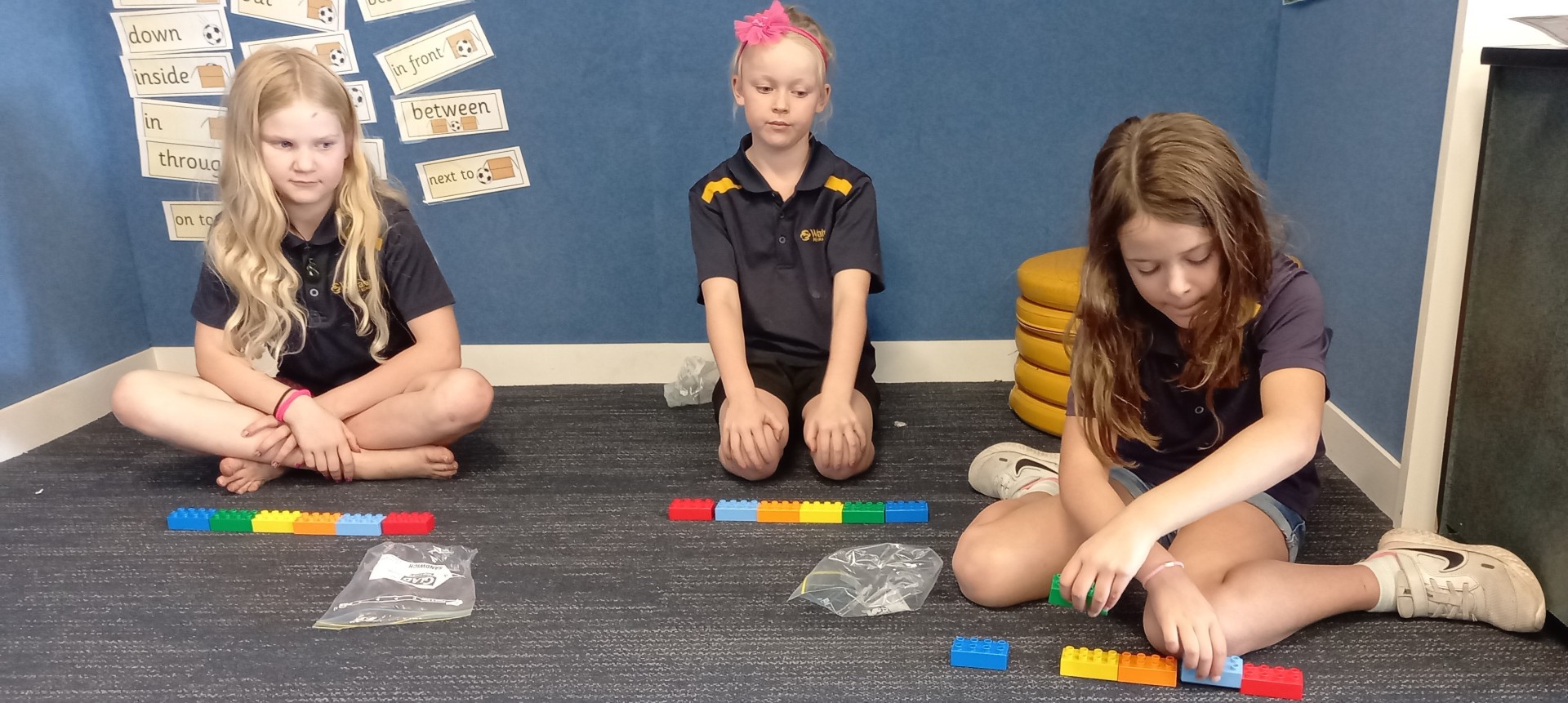
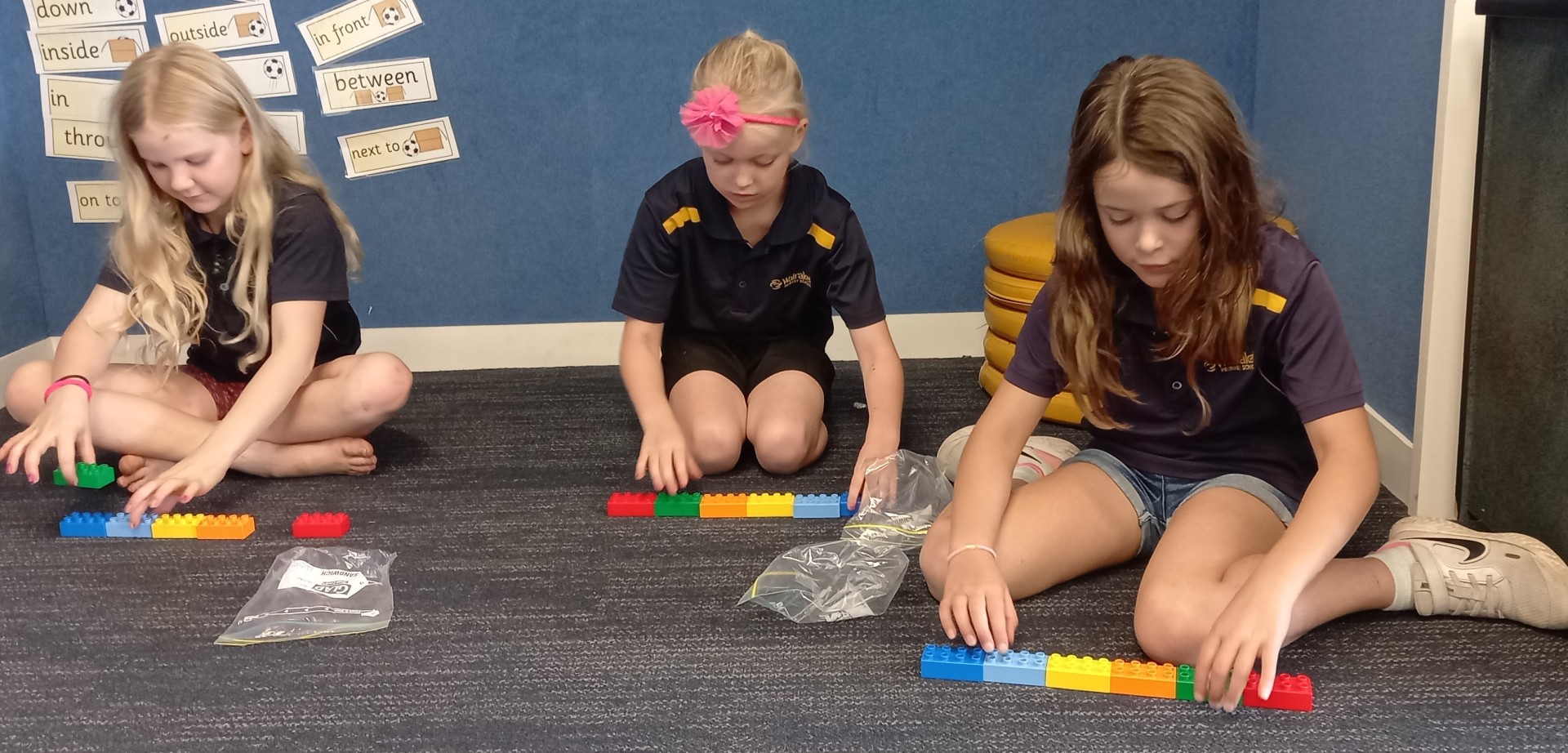


Comments are disabled for this post.